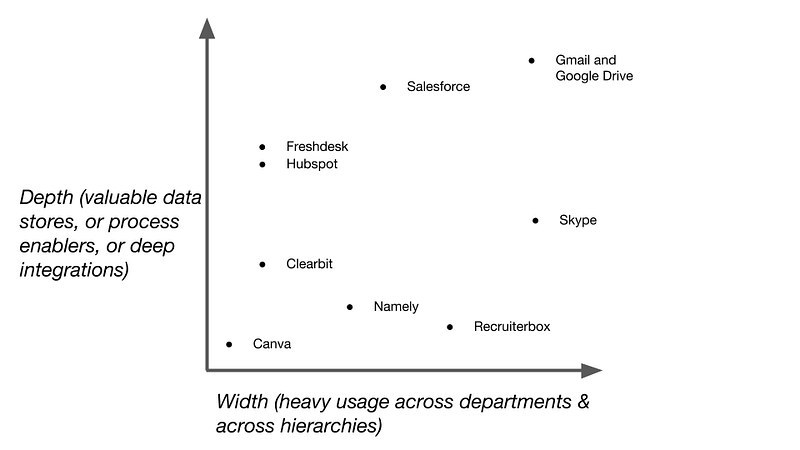On Aug 15th 1947 at the dawn of India’s political Independence, Jawaharlal Nehru delivered his “Tryst with Destiny” midnight speech. In 1991, India gained economic freedom from a clutch of socialist era shackles. In 2017, it is time for India to redeem its “pledge in full measure” towards freedom of the individual and enterprise to achieve its destiny.
Today, as India completes its 70th year, we need to, as is customary, take stock. India is a $2.2trillion consumption-led economy today, growing at about 6.5 percent, with a 250m in the middle-class out of 1.3billion, and at an average of 29years old, the youngest population in the world among major economies. Life expectancy is at about 68 years while literacy is at 79%. About 31% of India resides in urban areas. India’s forex reserves were at $386billion in June 2017 up from $5.83billion (~3.5months of imports) in 1991. We now have about 799 Universities and 50,994 colleges with about 34million students in higher education.
While very impressive strides have been made in many areas, it is important that we keep in mind the fact that 15% of the world lives in India and over 68% ie about 700million of our people live on less than US$2 a day. Over 17 million people are born (equivalent to the population of The Netherlands), an estimated 40million are unemployed, 47million youth drop out of school by 10th standard, healthcare related expenses push over 60million people into poverty each year, 500,000 students graduate each year from various colleges and over 12 million join the workforce each year. The investment required to educate, feed, train, and employ these large numbers into gainful jobs is in the lakhs of crores. Where will this money come from if not from economic activity and from creation of millions of jobs? Where will the water and sanitation, education, travel, housing, electricity, entertainment, banking and financial services that need to be provided to these huge numbers come from?
For far too long, we have been plagued by poverty – of ideas, of ideology and of course economically. Misplaced socialistic policies in the early years of India ensured that poverty was distributed while cronyism ensured that a few made unconscionable amounts of money and enjoyed the trappings of power.
Jobs and solutions are created by entrepreneurs and those who are entrepreneurial in their thinking. Governments are facilitators and regulators to make sure that everyone’s playing fairly and by the rules. Wealth is then created by entrepreneurial actions. Only when wealth is created, can there be investments in creating the support infrastructure and services necessary for India to seriously consider redeeming its pledge in its tryst with destiny. And a crucial pre-requisite for this is the need for an entrepreneurial mindset among different stakeholders. A mindset that challenges status-quo, propels growth, engenders innovative problem solving, embraces ideas, technology and models, and delivers benefits to people.
Fortunately, India has no shortage of entrepreneurs, of all kinds! There are born entrepreneurs, some become entrepreneurs and others have entrepreneurial thinking thrust on them thanks to circumstances! In 2017, as the landmark $2.5b Softbank-Flipkart deal shows, Indian entrepreneurs have come of age. The Indian startup entrepreneur is educated, aware, unafraid, confident, assertive and, are unabashedly Indian. Today, the Indian startup ecosystem is the 3rd largest in the world with over 26,000 startups and with over $90billion in value being created.
This century will be driven by knowledge based capital with software as engine. India is recognised, regarded and respected for its software prowess built on the success of Indian IT services which deliver over $170billion in revenue and employ over 4million people today. Indian talent runs software giants like Google and Microsoft and powers thousands around the world from Silicon Valley to Singapore, Boston to Bangalore. India’s ability to leverage this talent, create and deploy knowledge based capital will be key. New technologies, models, affordability, policies are all helping India rapidly emerge as a key player in the 21st century knowledge economy.
Regulators and governments are waking up to the transformative power of innovation via startups. Policies are being re-worked, technology platforms are being deployed and programmes being launched to encourage innovation and entrepreneurship. Digital India, Startup India, India Stack and other programmes are being co-opted to drive financial inclusion, education, healthcare, and governance. Startup hubs, incubators and accelerators, entrepreneurship groups, are sprouting across cities and towns in India. Costs of doing business, ease of doing business have to come down dramatically and there’re initiatives underway to make those happen.
In 1929 in Lahore, a call for “Purna Swaraj” a declaration of India’s Independence was given and Gandhiji hoisted the Indian flag. No one knew how or when this would happen but it was an audacious goal, a call to action that drove the people to achieve their goal in 18 years. Is it possible, similarly, for us today to set a goal that will galvanise us to action to achieve what seems audacious? Is it possible for startups to enable India to leapfrog and transform itself? Could we have a 10year goal calling for 100,000 startups, benefitting 10million people, impacting 40million people, uplifting 30million MSMEs, creating $500billion in value? Is it possible for us to imagine that each of us, in our lifetimes, creates – either directly or indirectly – a 100 jobs? Can these 100,000 startups – with educated, experienced, entrepreneurial and energetic founders– each take up this challenge? Ten million jobs can be created by this group, indirectly benefiting 40 million?
If it is possible, it is do-able!
The Brihadaranyaka Upanishada has this to say:
“You are what your deep, driving desire is. As your desire, so is your will. As your will is, so is your deed. As your deed is, so is your destiny.”
Do we desire this strongly enough?


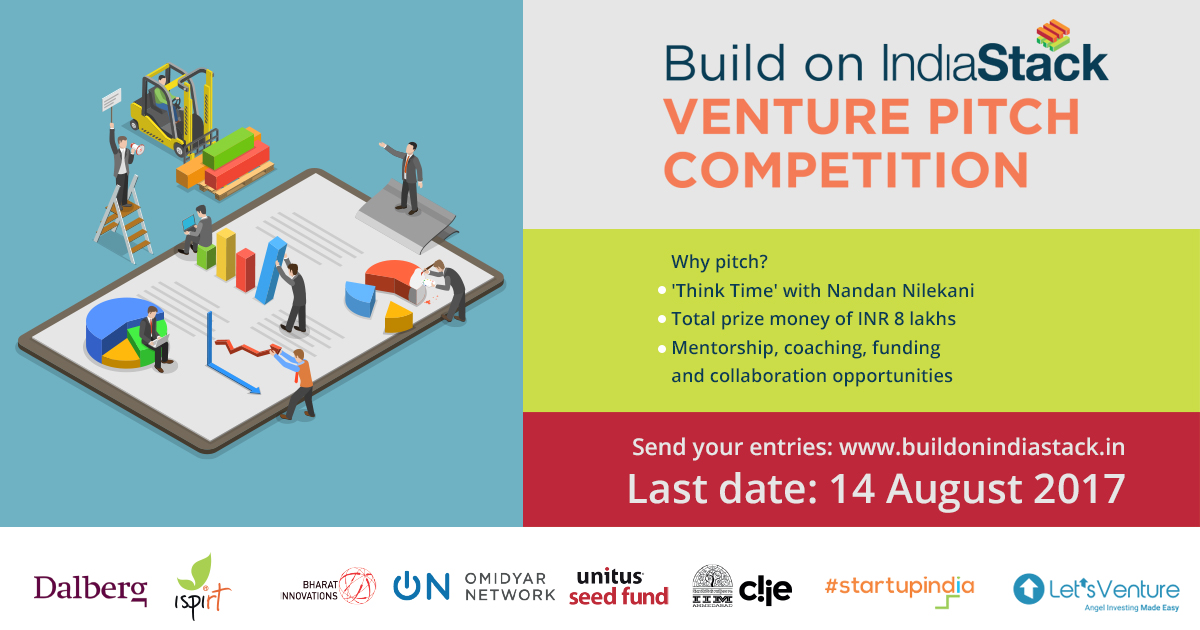
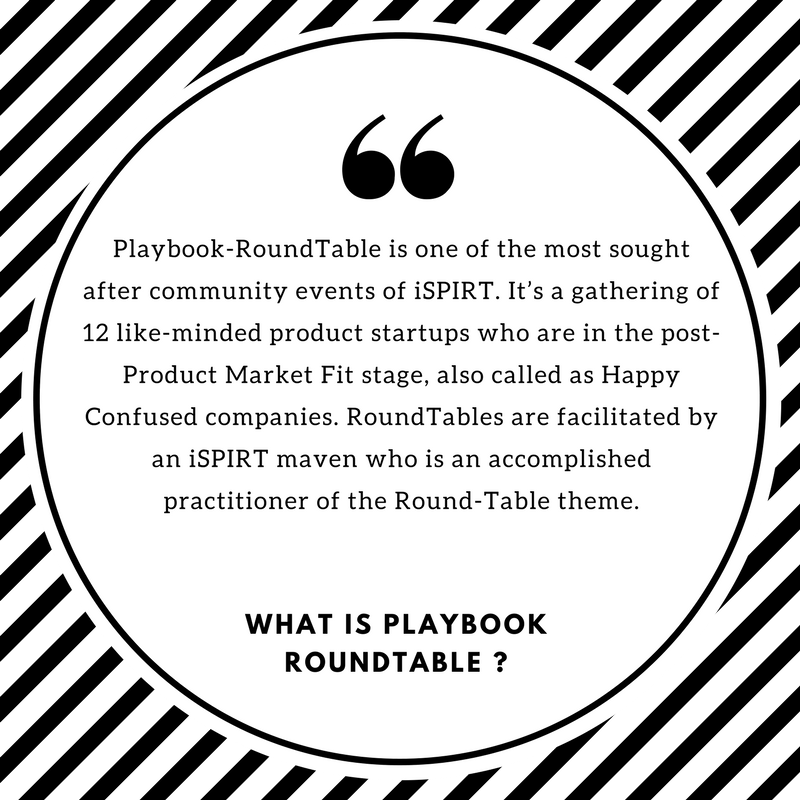

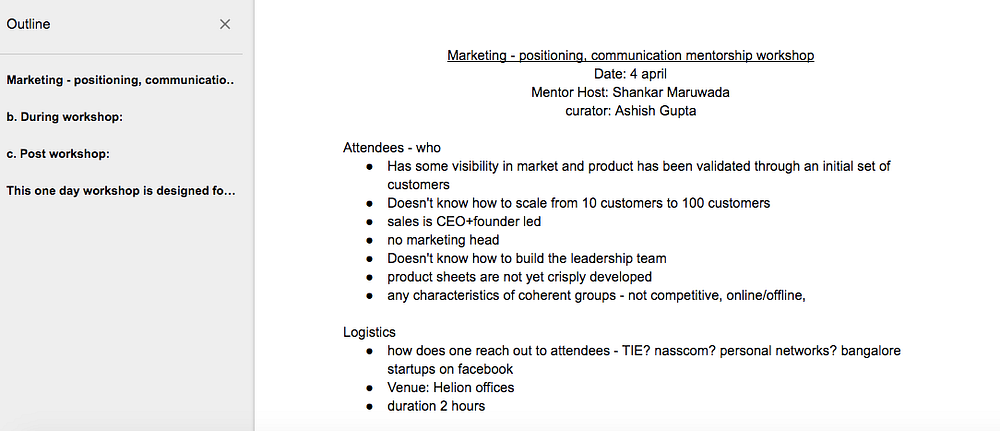


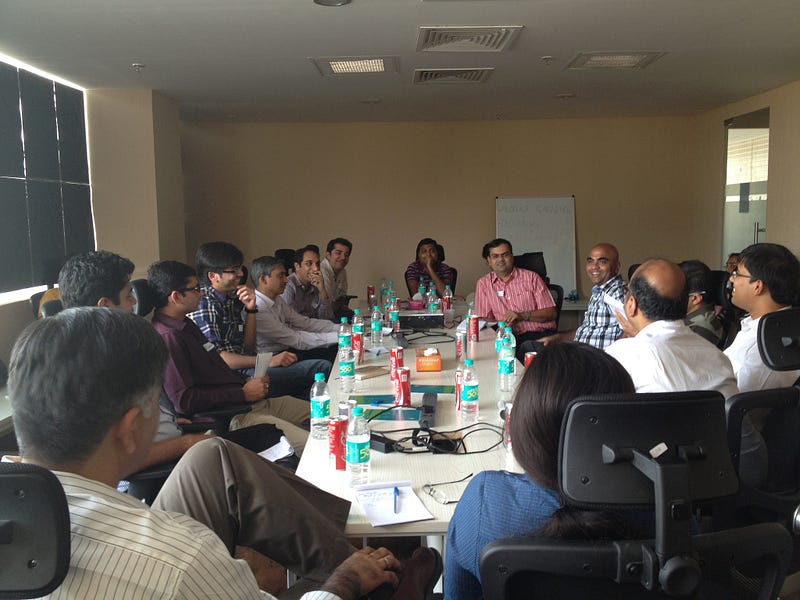
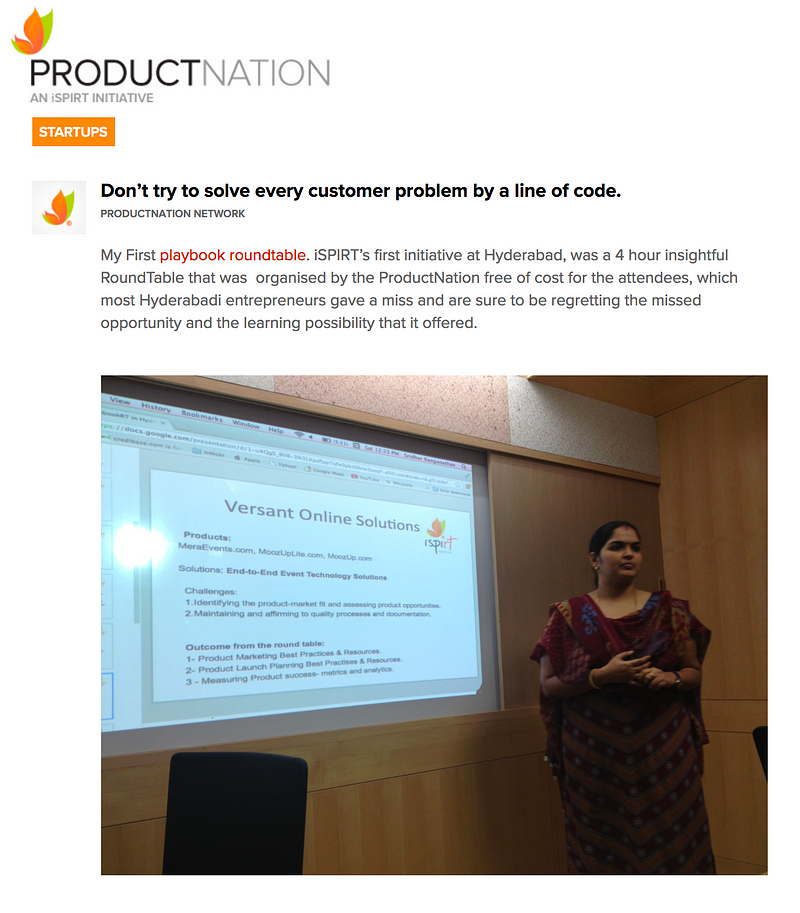
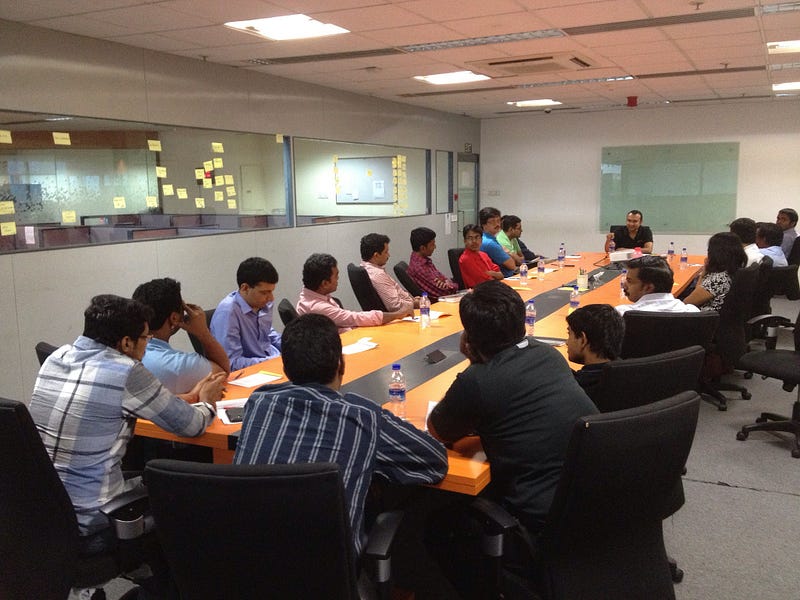
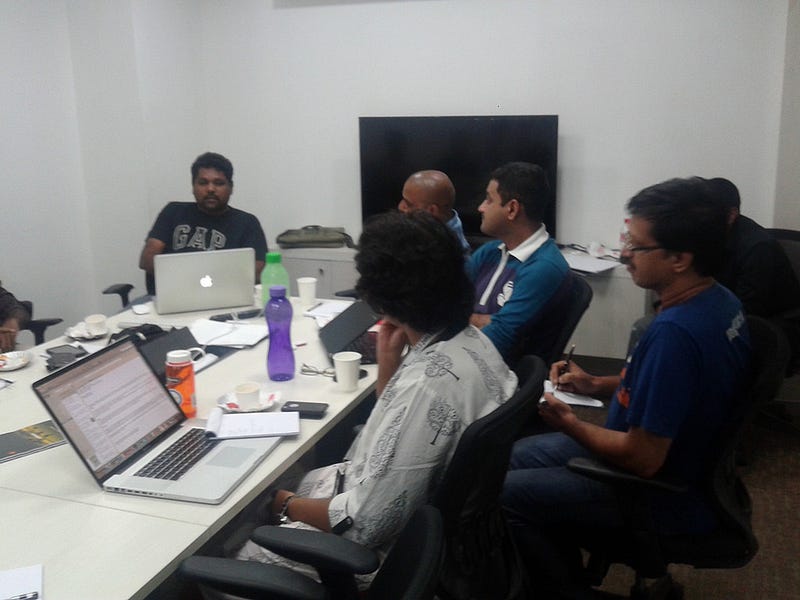


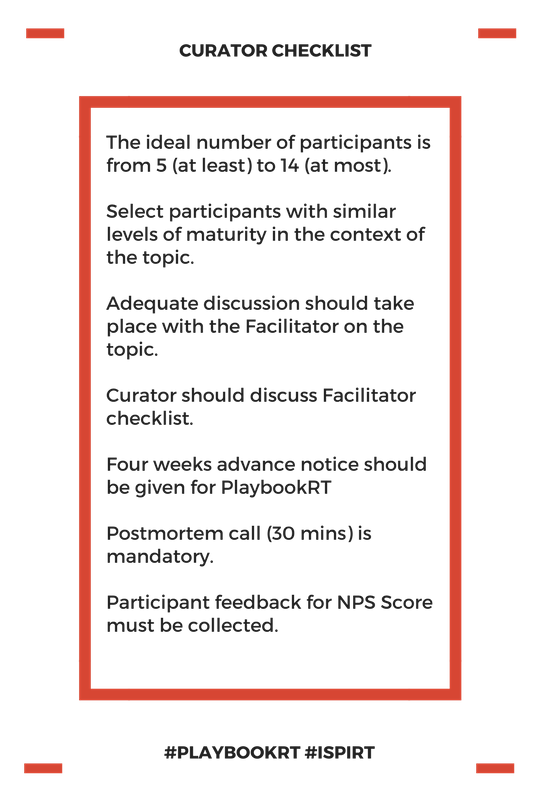
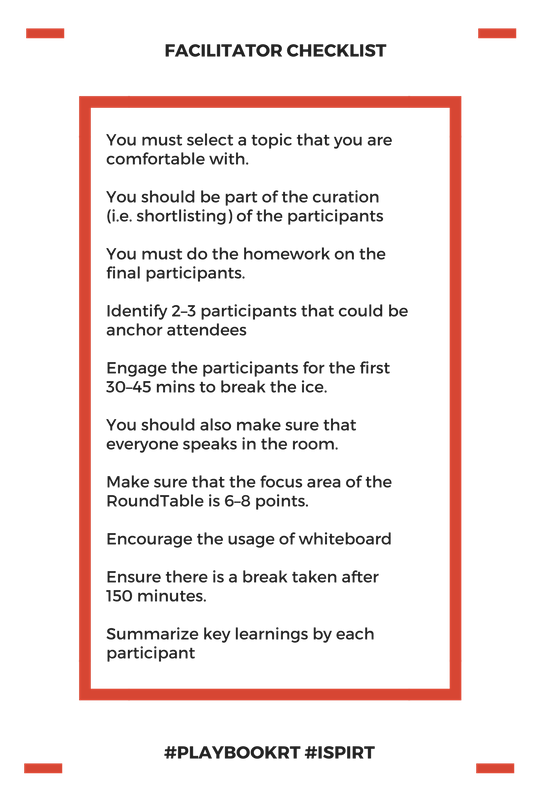

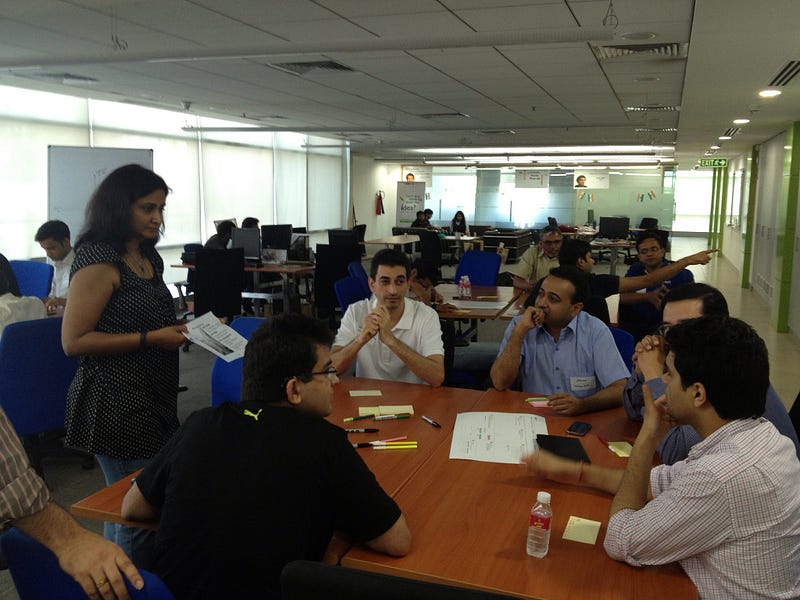
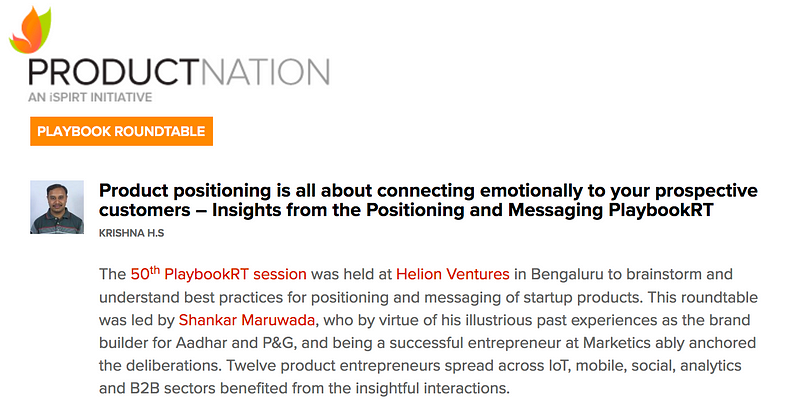
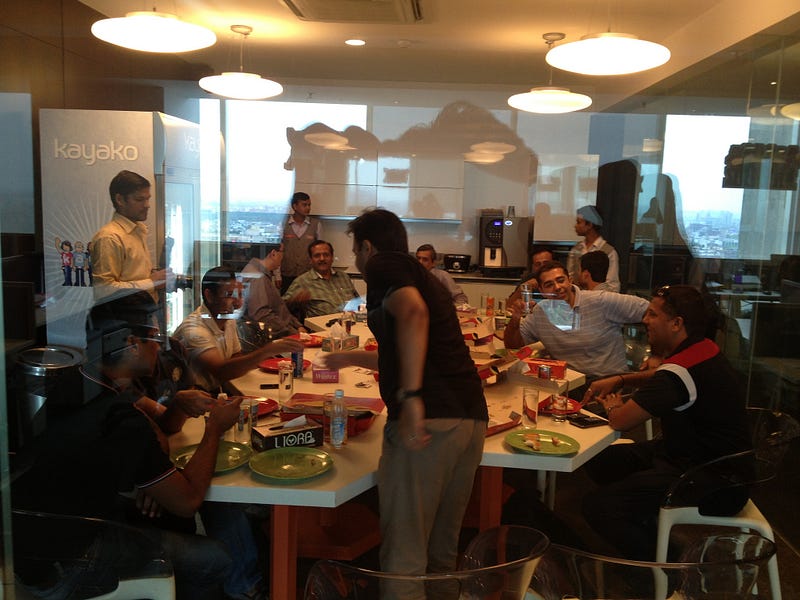

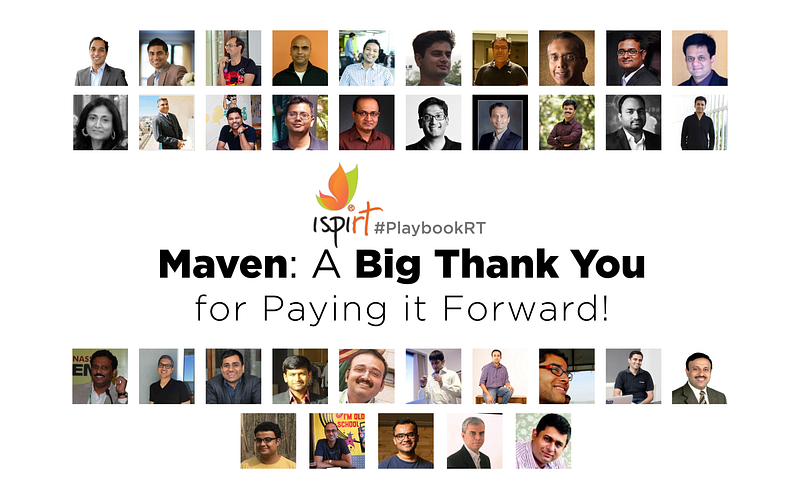

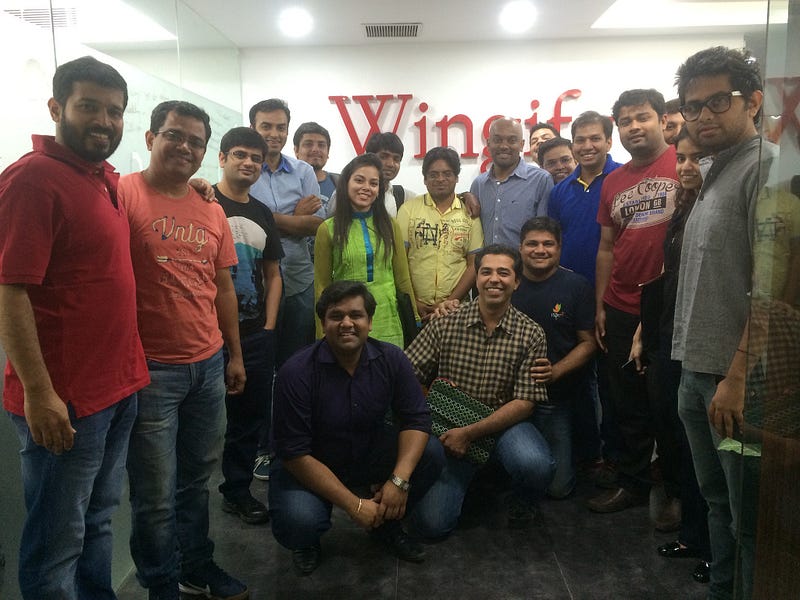
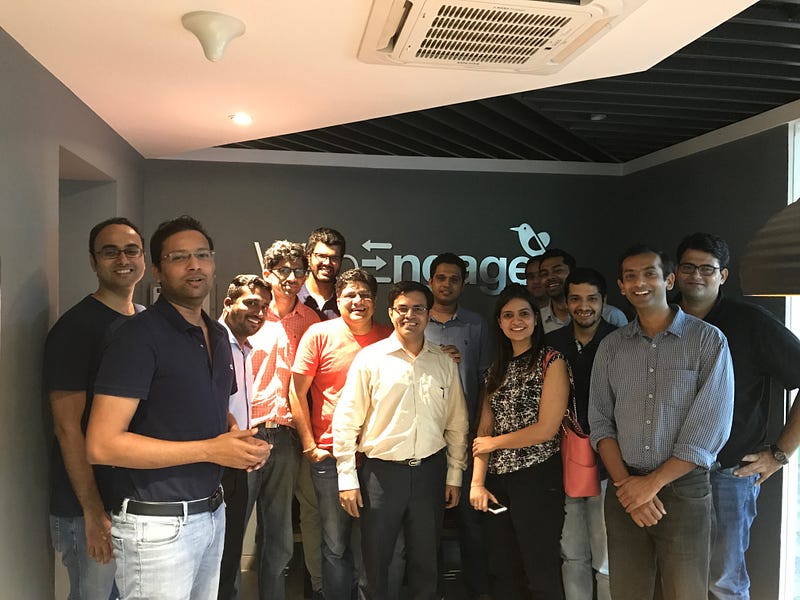



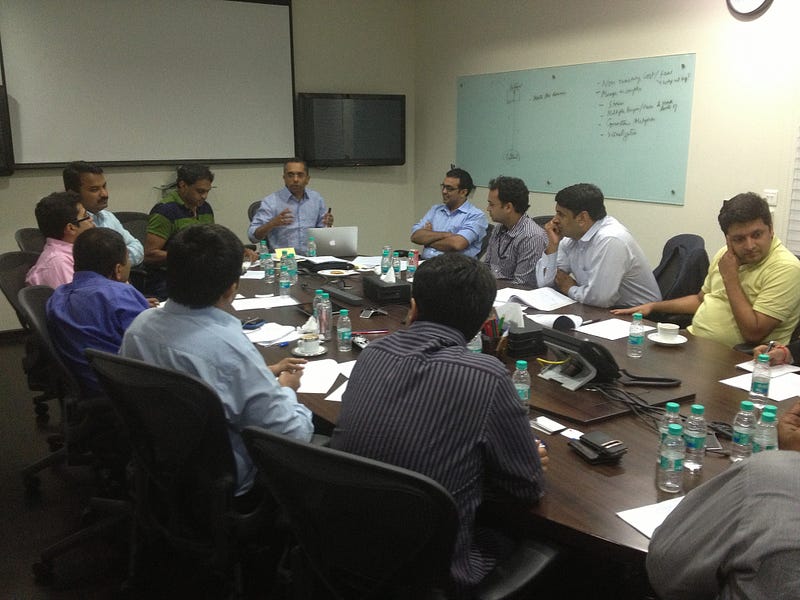
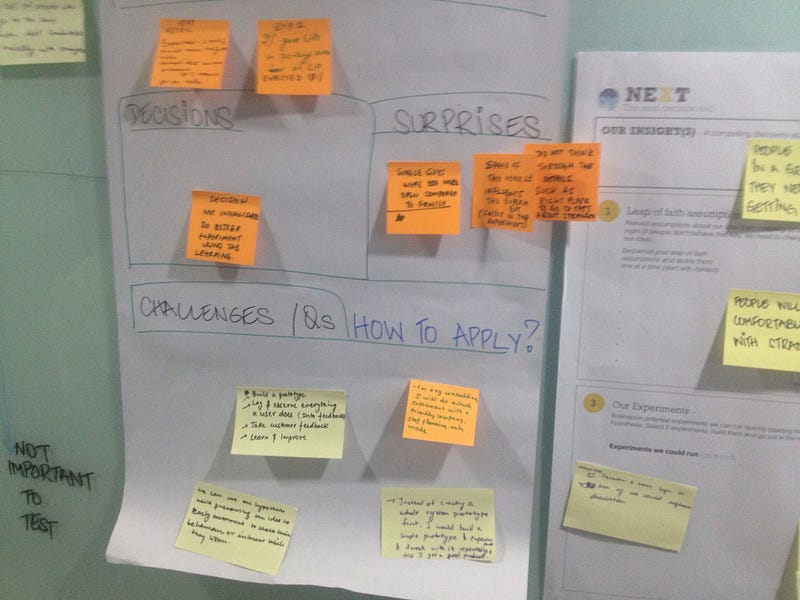
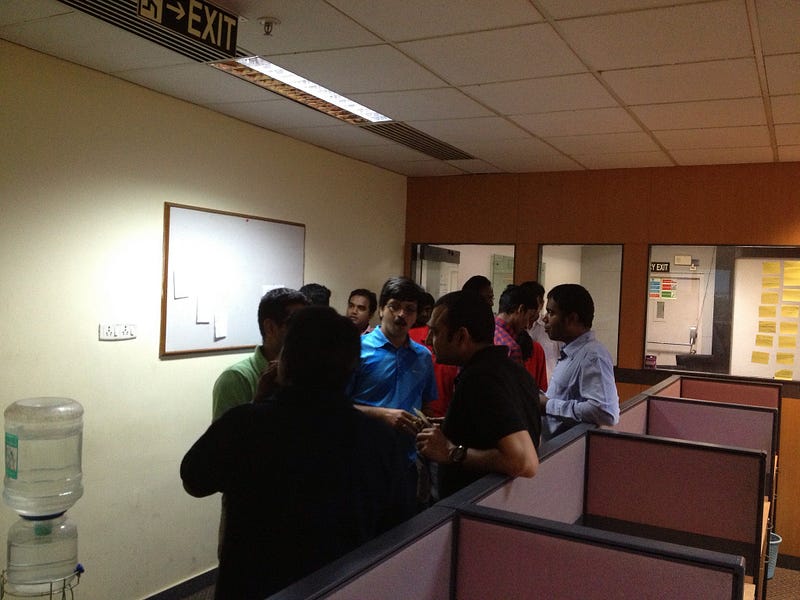
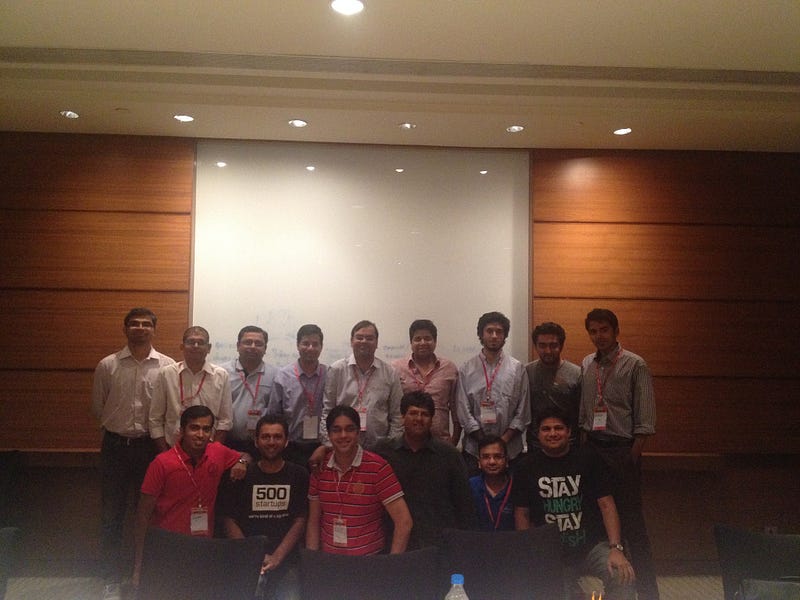
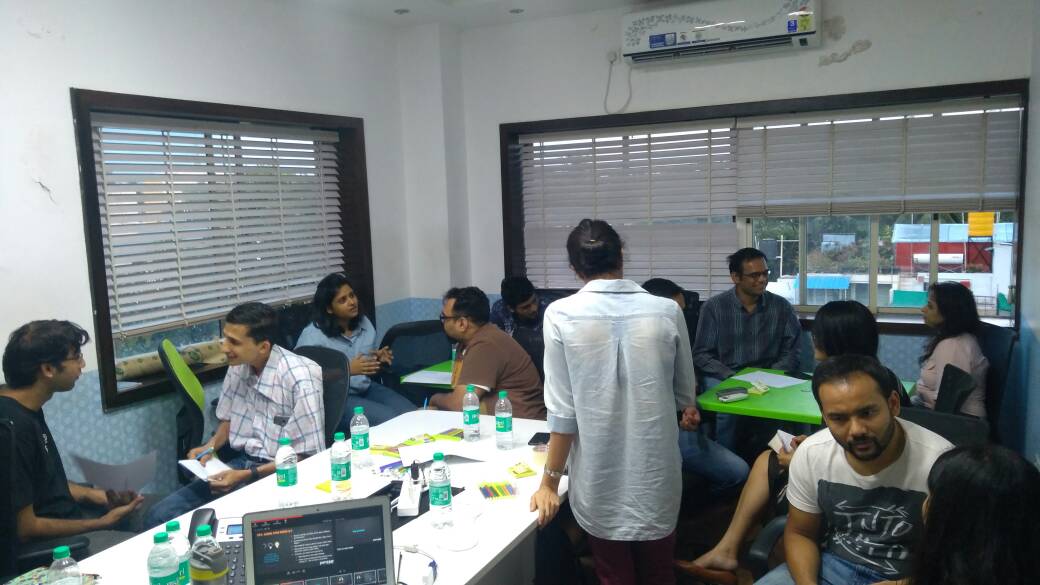

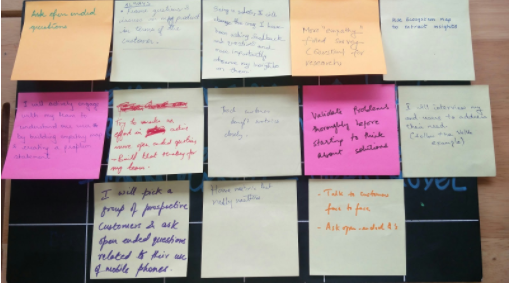
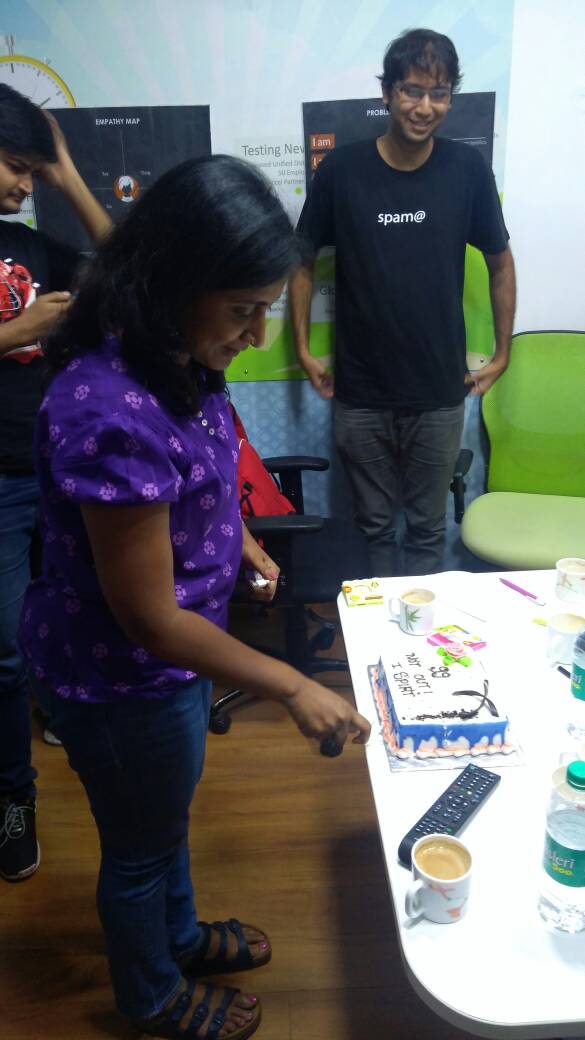
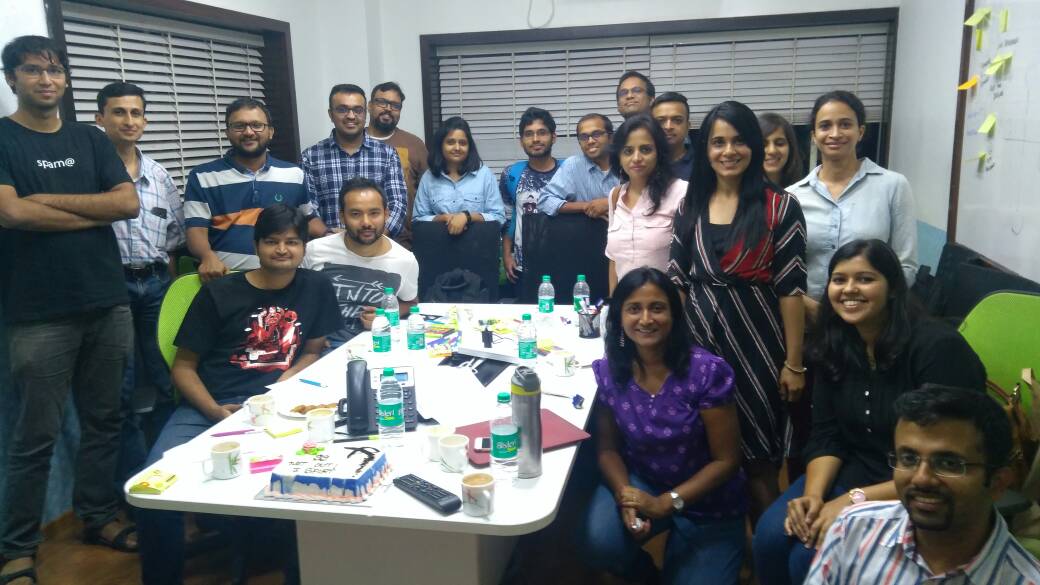





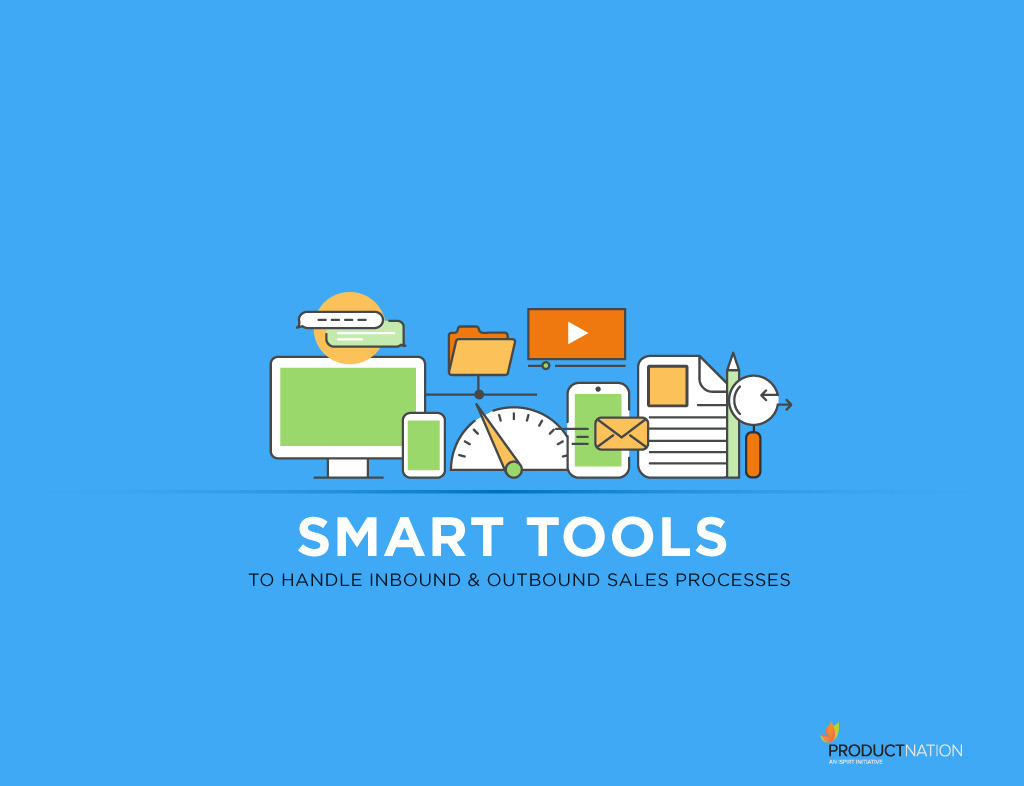 Content is still King, so let’s lead with it.
Content is still King, so let’s lead with it.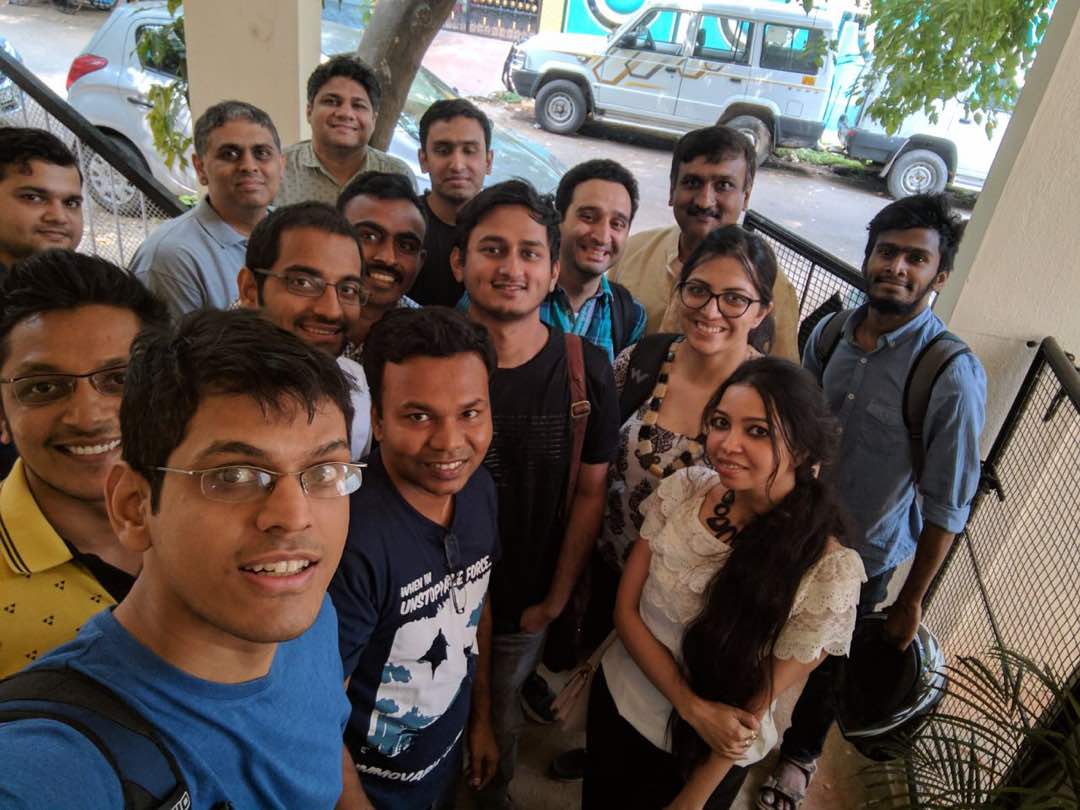 Disclosure : I am
Disclosure : I am 



